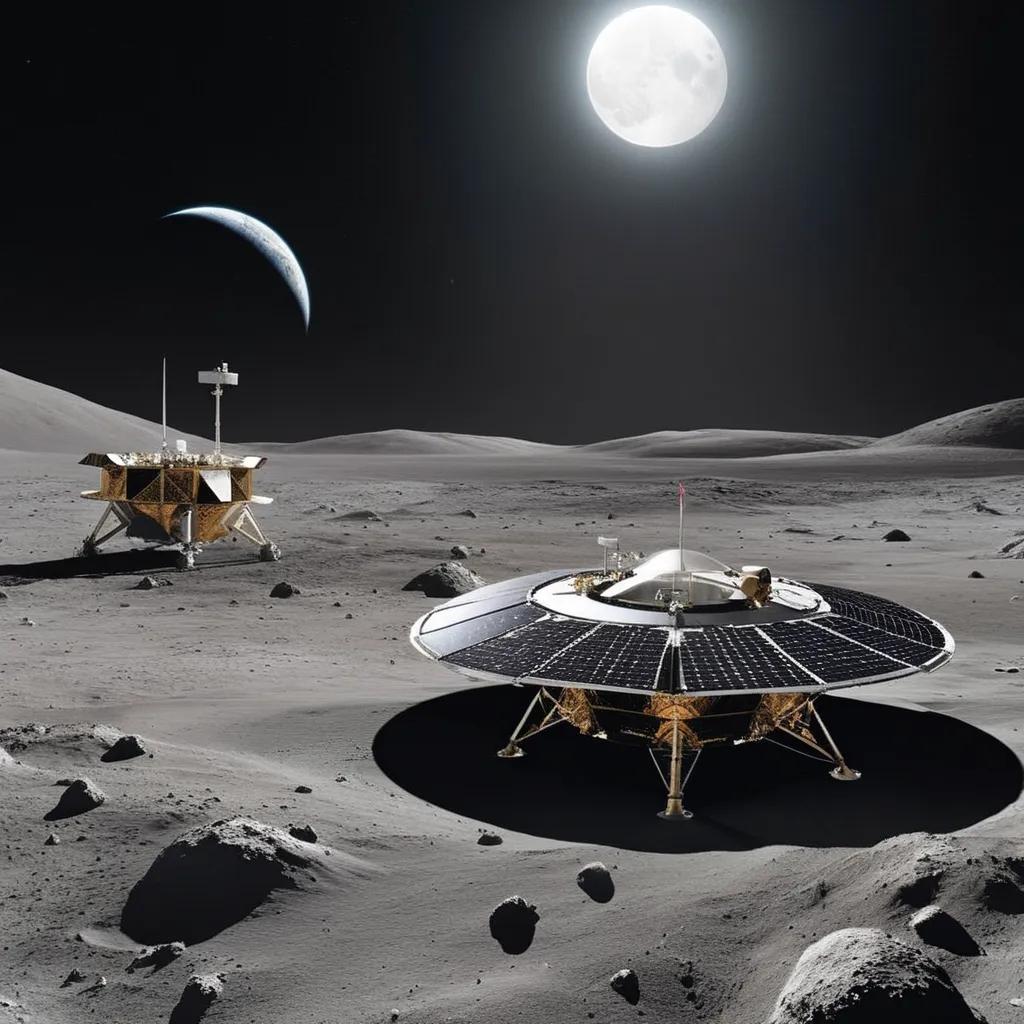First Human Colony Established on the Lunar Surface
As a child, I often gazed up at the moon, wondering what it would be like to set foot on its dusty surface. The lunar landing missions of the 20th century filled me with awe and inspiration. Fast forward to today, and the childhood dream of exploring the moon has taken an incredible leap forward. We've witnessed history in the making as the first human colony has been established on the lunar surface.

Dreaming of the Moon
Before delving into the exciting developments of lunar colonization, let me share my personal connection to the moon.
1. Childhood Wonder
The moon, with its mysterious craters and the faint outline of the "Man in the Moon," fascinated me from a young age. I remember lying on a grassy field during camping trips, staring up at the night sky and feeling a sense of wonder about the celestial body that watched over us.
2. Neil Armstrong's Footprints
One of the most iconic moments in human history occurred on July 20, 1969, when Neil Armstrong took his historic step onto the lunar surface. Although I wasn't alive to witness it firsthand, the images and stories of those first moonwalkers left an indelible mark on my imagination.
A Giant Leap for Humankind
Now, let's dive into the extraordinary achievement of establishing the first human colony on the moon.
1. The Artemis Program
NASA's Artemis program, named after the Greek goddess of the moon, is at the forefront of this lunar exploration endeavor. The program's goal is to return humans to the moon and pave the way for future missions to Mars.
2. Lunar Gateway
As part of the Artemis program, the Lunar Gateway, a space station orbiting the moon, serves as a critical hub for crew transportation and scientific research. It's a testament to international collaboration in space exploration.
3. Sustainable Lunar Presence
Unlike the brief visits of the Apollo missions, the establishment of a lunar colony signifies a sustainable human presence on the moon. This is not just about planting flags; it's about building a home away from home.
Challenges and Triumphs
Of course, the journey to establishing a lunar colony has been fraught with challenges.
1. Lunar Environment
Surviving on the moon presents numerous challenges, from extreme temperature fluctuations to radiation exposure. Engineers and scientists have had to design innovative solutions to protect colonists.
2. International Cooperation
The collaboration of space agencies from around the world has been both a challenge and a triumph. Overcoming language barriers and differing protocols has been essential for success.
The Future of Lunar Exploration
In conclusion, the establishment of the first human colony on the lunar surface marks an exciting chapter in human history. It's a testament to our indomitable spirit of exploration and the enduring curiosity that drives us to venture beyond our home planet.
As I look up at the moon now, I no longer see it as a distant celestial body but as a place where humans live and work, just like in the stories that once fueled my imagination. The dream of lunar exploration has become a reality, and it's a giant leap not just for a few astronauts but for all humankind.
While challenges persist and there is much more to discover, one thing is clear: the moon is no longer just an object of wonder in the night sky; it's now a place where we, as a species, have taken root, and our lunar colony is a testament to the power of imagination, determination, and the belief that no dream is too big to achieve.

No comments:
Post a Comment